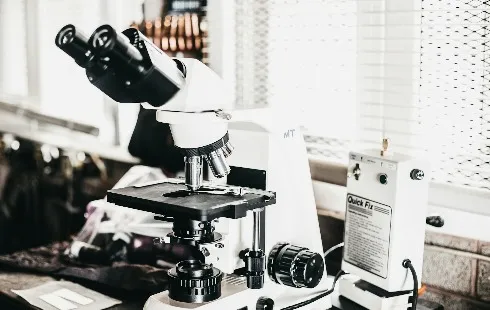
Gonadorelin Peptide: A Gateway to Understanding Endocrine Dynamics
Section: Science
In a groundbreaking proposal, researchers suggest that black holes could serve as natural particle accelerators, offering a new approach to studying dark matter. Andrew Mummery and Joseph Silk from Johns Hopkins University argue that instead of constructing expensive particle accelerators on Earth, scientists could harness the immense gravitational forces of supermassive black holes located in the cosmos.
Dark matter constitutes approximately 85% of the universe's mass but remains elusive, interacting very weakly with ordinary matter and light. This mysterious substance cannot be composed of known standard particles, as all of these interact with light. Previous attempts to detect dark matter particles through traditional means have not yielded results, prompting researchers to explore alternative methods.
Current particle accelerators, such as the Large Hadron Collider (LHC) in Geneva, propel protons and other subatomic particles to nearly the speed of light before colliding them to detect new particles. The LHC has been instrumental in discovering particles like the Higgs boson, which was identified in 2012. However, despite these advancements, no evidence of dark matter particles has emerged from these experiments.
In light of the challenges associated with building a next-generation super collider, which could cost upwards of $30 billion and take 40 years to complete, Mummery and Silk propose an innovative alternative. Their study, published in the journal Physical Review Letters, suggests leveraging the natural processes occurring around supermassive black holes as a means to investigate dark matter.
Supermassive black holes, often found at the centers of galaxies, can possess masses millions or even billions of times that of the Sun. These cosmic giants rotate rapidly, generating powerful gravitational fields that can attract surrounding matter into an accretion disk. This material spirals inward, and as it does, a portion is ejected in the form of high-energy plasma jets traveling close to the speed of light. The researchers believe that these jets may produce effects similar to those generated by human-made particle accelerators.
Observatories on Earth could monitor the particle collisions resulting from these high-energy jets. Existing detection facilities, such as the IceCube Neutrino Observatory in Antarctica and the Kilometer Cube Neutrino Telescope in the Mediterranean, already track cosmic phenomena like supernovae and black hole eruptions. As such, the team is optimistic that they could capture signals from high-energy particles produced by black holes.
If supermassive black holes can indeed generate particles through high-energy collisions, Earth-based detectors might observe unique signals, potentially offering new insights into dark matter. Such discoveries could represent a monumental leap in our understanding of the universe and its fundamental components, particularly regarding the enigmatic nature of dark matter.

Section: Science

Section: Health

Section: Arts

Section: Health

Section: Science

Section: News

Section: News

Section: Health Insurance

Section: Health

Section: News
Health Insurance in Germany is compulsory and sometimes complicated, not to mention expensive. As an expat, you are required to navigate this landscape within weeks of arriving, so check our FAQ on PKV. For our guide on resources and access to agents who can give you a competitive quote, try our PKV Cost comparison tool.
Germany is famous for its medical expertise and extensive number of hospitals and clinics. See this comprehensive directory of hospitals and clinics across the country, complete with links to their websites, addresses, contact info, and specializations/services.
What do you get when you blend the tradition of American stand-up comedy with themes that are anything but funny? Pair that with a captivating performer and author like Claus von Wagner, and you're guaranteed a fantastic evening. Projekt Equilibrium is his latest program, which explores the quest...



No comments yet. Be the first to comment!